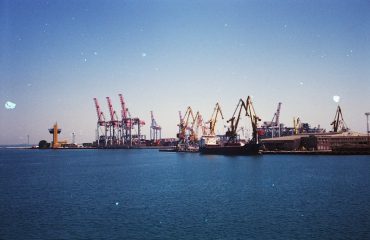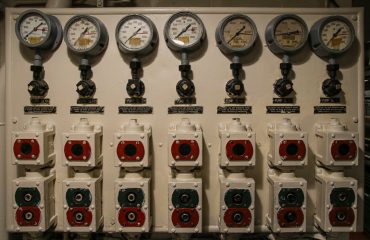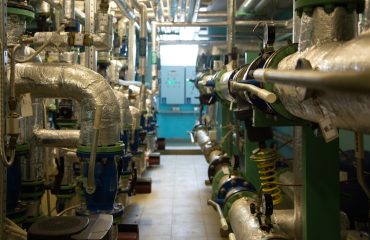In today’s competitive landscape, operational efficiency isn’t just a desirable trait – it’s a necessity for survival and growth. Businesses that can streamline their processes, optimize resource allocation, and consistently deliver high-quality output are better positioned to thrive. This comprehensive guide explores key strategies to significantly improve your operational efficiency.
1. Streamlining Your Workflows: Identifying and Eliminating Bottlenecks
Workflow optimization is the cornerstone of improved operational efficiency. Start by meticulously mapping your current processes. Identify every step involved, from start to finish, for each key operation. Look for bottlenecks – points where work slows down or gets stuck. These bottlenecks are often caused by inefficient processes, inadequate resources, or unclear responsibilities. Once identified, analyze the root causes of these bottlenecks. Are there redundant steps? Is there a lack of communication between departments? Is technology hindering rather than helping?
Solutions might include automating repetitive tasks using software, improving communication channels through project management tools, clarifying roles and responsibilities, or investing in new equipment or technology. Regularly review and update your workflows to account for changes in the business environment and employee feedback. The goal is to create a smooth, seamless flow of work that minimizes delays and maximizes productivity.
2. Leveraging Technology for Automation and Optimization
Technology plays a crucial role in modern operational efficiency. Automation tools can significantly reduce manual effort, minimizing errors and freeing up employees for more strategic tasks. Consider implementing Customer Relationship Management (CRM) systems to streamline customer interactions, Enterprise Resource Planning (ERP) software to integrate various business functions, or Robotic Process Automation (RPA) to automate repetitive administrative tasks.
Beyond automation, data analytics tools can provide valuable insights into operational performance. By analyzing key performance indicators (KPIs), you can identify areas for improvement, predict potential problems, and make data-driven decisions to optimize processes. Investing in the right technology is a long-term investment that pays off handsomely in increased efficiency and reduced costs.
3. Optimizing Resource Allocation: Maximizing Efficiency and Minimizing Waste
Efficient resource allocation is critical for operational success. This includes optimizing the use of human resources, financial resources, and physical assets. Start by analyzing your current resource utilization. Are your employees working at full capacity? Are your machines operating efficiently? Are your materials being used effectively? Identify any underutilized resources and explore ways to better allocate them.
Implement strategies like cross-training employees to handle multiple tasks, optimizing inventory management to minimize waste, and regularly maintaining equipment to prevent downtime. Consider outsourcing non-core functions to free up internal resources and focus on your core competencies. Regularly review and adjust your resource allocation strategy to adapt to changing demands and optimize your overall efficiency.
4. Empowering Employees: Fostering a Culture of Continuous Improvement
Operational efficiency isn’t just about processes and technology; it’s also about people. Empowering your employees to contribute to continuous improvement is crucial. Create a culture where employees feel comfortable identifying problems, suggesting solutions, and participating in decision-making processes. Provide them with the training and resources they need to excel in their roles and contribute to the overall efficiency of the organization.
Implement regular feedback mechanisms, such as employee surveys and performance reviews, to gather insights and identify areas for improvement. Recognize and reward employees who contribute to increased efficiency. By fostering a culture of collaboration and continuous improvement, you can unlock the full potential of your workforce and drive significant improvements in operational efficiency.
5. Measuring and Monitoring Performance: Tracking Progress and Identifying Opportunities
Regularly measuring and monitoring your operational efficiency is essential to track progress and identify areas for improvement. Establish clear KPIs that align with your business objectives. These KPIs should be measurable, achievable, relevant, and time-bound (SMART). Track these KPIs regularly and analyze the data to identify trends and patterns. This data will provide valuable insights into your operational performance and highlight areas where improvements are needed.
Use dashboards and reporting tools to visualize your KPIs and make it easy to track progress. Regularly review your performance data with your team to identify opportunities for improvement and celebrate successes. By consistently monitoring your performance, you can ensure that your efforts to improve operational efficiency are yielding positive results.
Improving operational efficiency is an ongoing process, not a one-time event. By implementing these strategies and continuously monitoring your progress, you can unlock significant growth and achieve lasting success.
Tags: operational efficiency, process improvement, business optimization, productivity, workflow automation




